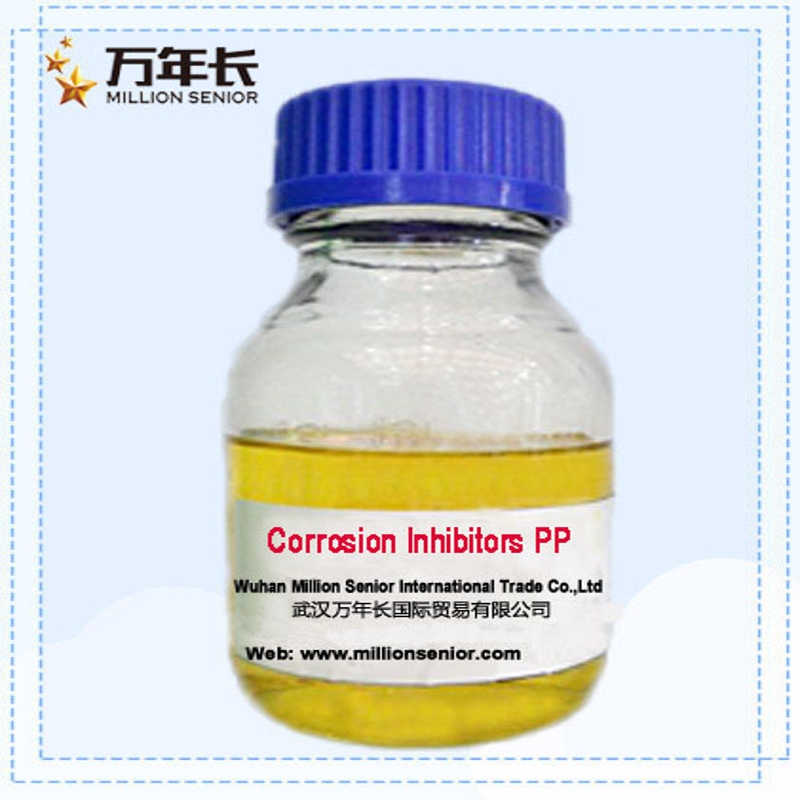-
Categories
-
Pharmaceutical Intermediates
-
Active Pharmaceutical Ingredients
-
Food Additives
- Industrial Coatings
- Agrochemicals
- Dyes and Pigments
- Surfactant
- Flavors and Fragrances
- Chemical Reagents
- Catalyst and Auxiliary
- Natural Products
- Inorganic Chemistry
-
Organic Chemistry
-
Biochemical Engineering
- Analytical Chemistry
-
Cosmetic Ingredient
- Water Treatment Chemical
-
Pharmaceutical Intermediates
Promotion
ECHEMI Mall
Wholesale
Weekly Price
Exhibition
News
-
Trade Service
As of October 31, 506 listed companies in the basic chemical sector have disclosed their third quarterly reports
.
Overall, under the superposition of factors such as high oil prices and weak downstream demand, the basic chemical sector rose first and then declined, and began to come under pressure
in the third quarter.
According to statistics, in the first three quarters, the sector achieved a total operating income of about 195 million yuan, a year-on-year increase of 29.
92%; The net profit attributable to the parent was 216.
2 billion yuan, a year-on-year increase of 25.
7
%.
Among them, the total operating income in the third quarter was 639.
7 billion yuan, a year-on-year increase of 15% and a month-on-month decrease of 8.
6%; The net profit attributable to the parent was 54.
9 billion yuan, down 9.
84% year-on-year and 37.
32%
month-on-month.
According to the industry classification of CITIC Securities, among the 33 sub-industries, the main revenue of 30 sub-industries in the first three quarters maintained year-on-year growth
.
Among them, the main income of the five sub-industries of potash fertilizer, lithium battery chemicals, carbon fiber, civil explosive products and fluorine chemical industry increased rapidly, increasing by 137.
45%, 119.
78%, 77.
82%, 40.
82% and 38.
51% respectively
.
The main revenue of the three sub-industries decreased
year-on-year.
Among them, paint ink pigments decreased by 6.
89%, spandex decreased by 5.
11%, and viscose fiber decreased by 0.
81%.
From the perspective of net profit, in the first three quarters, among the 33 sub-industries, 16 sub-industries maintained year-on-year growth
.
Among them, the net profit of the five sub-industries of potash fertilizer, fluorine chemical, civil explosive supplies, inorganic salt and lithium battery chemicals increased rapidly year-on-year, increasing by 237.
98%, 180.
79%, 114.
42%, 111.
23% and 108.
39% respectively
.
Net profit in 17 sub-sectors decreased
year-on-year.
Among them, the net profit of the five sub-industries of viscose fiber, woollen, spandex, printing and dyeing chemicals and daily chemicals fell more, down 73.
72%, 61.
32%, 60.
57%, 42.
22% and 40.
5%
respectively year-on-year.
On the whole, the sub-industries of potash fertilizer, lithium battery chemicals, fluorine chemicals, and civil explosive products performed well, and their revenue and net profit all increased
significantly.
"The high prosperity of the potash industry is mainly due to the rise in global food prices, the increased enthusiasm of farmers, and the corresponding increase in demand for fertilizer products
.
Geopolitical conflicts have led to continued constraints
on the global supply of potash fertilizers.
Driven by dual factors, potash prices continued to rise
.
Xu Shengxiong, operation manager of Paipai.
com Wealth public offering products, analyzed
.
The lithium battery chemical industry mainly benefits from the high prosperity of the new energy automobile industry, and the demand for energy storage is expanding
rapidly.
According to data from the China Association of Automobile Manufacturers, the cumulative sales of new energy vehicles in China in the first three quarters reached 4.
567 million units, a year-on-year increase of more than 110%.
From the perspective of the fluorine chemical industry, the downstream refrigerants and fluorine-containing new energy materials market are better, which has led to an increase in demand for fluorine chemical products and a sharp rise in prices
.
From the perspective of the civil explosive supplies industry, the structure has been further optimized and the concentration has increased
.
At the same time, coal prices rose sharply, and mining fixed investment bottomed out, giving rise to demand
for explosive products.
From the perspective of industries with a large decline in performance, it is mainly concentrated in the
textile industry chain.
Due to the global economic contraction led to weak demand for textiles and garments, the decline in the prosperity of the chemical fiber industry chain, and the sluggish demand led to a continuous decline in the prices of some products, which in turn also affected the downstream demand
for printing and dyeing chemicals.
For the trend of the basic chemical sector in the later stage, industry insiders believe that oil prices will fluctuate at a high level, and industry costs are still supported
.
Sub-sectors may continue to interpret structural markets
.
In terms of crude oil, OPEC+ initiated a sharp production cut, deciding to cut crude oil production by 2 million b/d from November based on the August production quota and extend the production limit until December
2023.
Citibank expects the average price of Brent crude oil to reach $97 per barrel in the fourth quarter; Goldman Sachs also said it would keep the expectation of Brent crude oil prices at $115/b in the first quarter of 2023 unchanged
.
CNOOC Energy Economics Research Institute expects that the average price range of Brent crude oil in the fourth quarter is 90~98 US dollars / barrel
.
The volatility of high oil prices will increase the production cost of the chemical industry
.
Although affected by the slowdown in global economic growth and sluggish performance on the demand side, most chemical markets will continue to operate weakly and
volatilely.
But the market is never short of "dancers against the wind"
.
The vigorous development of new energy vehicles will drive the lithium battery chemical industry into an unprecedented period of development opportunities
.
In addition, the continued strong demand of the photovoltaic industry and the insufficient supply elasticity of the industrial chain are also expected to continue to bring strong support
to the polysilicon industry.







